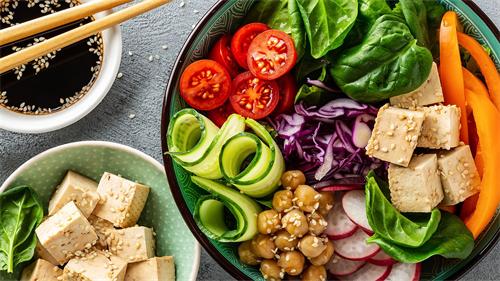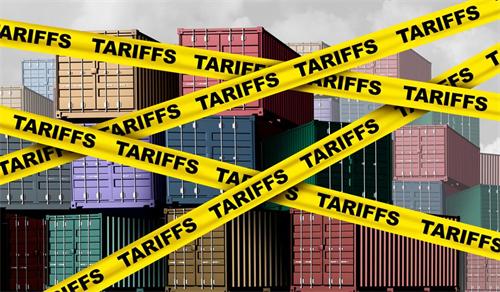How Gen Z’s Vegan Leather Revolution Is Redefining Lifestyle?

In recent years, vegan leather has surged from niche novelty to mainstream must-have, driven above all by Gen Z’s insistence on ethical, planet-positive choices. This generation’s commitment to sustainability goes far beyond clothing—spilling into diet, home goods, and digital life—making vegan leather both a fashion statement and a lifestyle ethos.
Vegan leather alternatives eliminate the animal cruelty and toxic tanning processes endemic to conventional leather production. Animal hides require intensive water use, hazardous chemicals, and generate significant greenhouse gases, whereas plant-based leathers—such as apple waste or mushroom mycelium—can be produced with far lower environmental impact. Moreover, adopting vegan leather aligns brands with rising consumer demand for transparency and compassion, turning fashion into a statement of values rather than mere aesthetics.
Gen Z’s Sustainability Ethos
Gen Z leads all age groups in prioritizing sustainability: a significant portion of Gen Z females consider a product’s eco-credentials integral to their buying decisions. Yet even as many espouse green values, cost pressures mean only a fraction translate intention into action—highlighting the need for affordable, high-quality vegan alternatives. This tension between ideals and budgets shapes Gen Z’s unique approach: they demand ethical products but also hunt for deals and resale options, forging a lifestyle of conscious yet pragmatic consumption.
Tech-Driven Materials: Beyond PU and PVC
While early vegan leathers relied on plastic-based Polyurethane (PU) and PVC—even criticized for fossil-fuel origins—they paved the way for next-gen innovations. Today’s market boasts apple-skin leather, cactus and pineapple-leaf (Piñatex) textiles, and lab-grown mycelium skins, all offering durability, suppleness, and biodegradability once engineered. Luxury houses and high-street brands alike are tapping these breakthroughs, proving that cruelty-free materials can carry premium cachet without compromise.
Replacing Traditional Textiles: Wool and Silk Alternatives
Cruelty concerns extend to wool and silk: mulesing in sheep and boiling silkworms in their cocoons are routine yet hidden practices. Vegan textile innovators now offer bamboo, hemp, Tencel, and even coconut-waste fibers as wool substitutes, alongside banana, citrus- and pineapple-based “silks” that match the drape and sheen of their animal counterparts. By weaving plant fibers into everything from sweaters to scarves, these alternatives bolster a wardrobe wholly free of animal harm.
Market Growth and Future Outlook
The vegan clothing market is on track for explosive growth: from USD 883.1 million in 2025 to an estimated USD 2.76 billion by 2035—a compound annual growth rate (CAGR) of 12.0%. Key markets like China and Germany are fueling this surge, as urban consumers and eco-aware shoppers embrace cruelty-free labels and plant-based innovations. As material science evolves, we can expect even more compelling vegan leathers—sequined pineapple composites, lab-synthesized collagen mimetics, and beyond—that will further blur the line between “real” and “alternative.”



